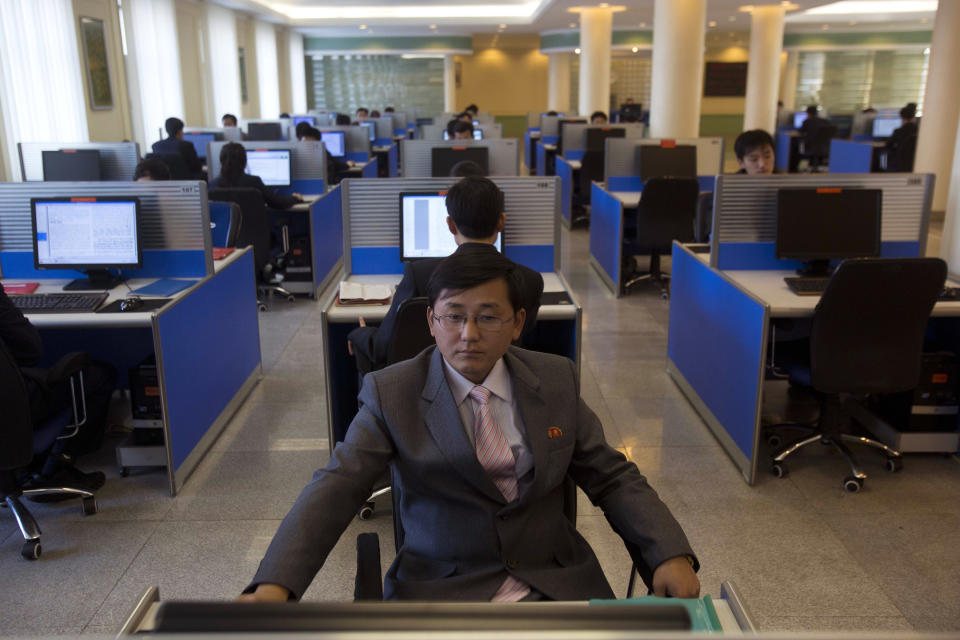As we learned about IT outsourcing by the
government, I came across a few articles, which make very strong arguments
against IT outsourcing by the US Federal Government. As much as the benefits of
IT outsourcing are visible, the demerits of having the whole system of putting
more IT contractors than Civil servants in place has been stressful.
The U.S employment data released in October
2013 showed that the federal government employs 2.7 million people, which is
the smallest number since 1966. This is due to the increased outsourcing. This
results in increased spending by the government (by paying higher salaries to
employees on contract and fewer bureaucrats).
One argument is that IT Outsourcing is only a
way for corporations to be paid an amount of money which is much larger than
what equally competent employees could be paid, if hired directly by the
government. In reality, the American taxpayer ends up paying more money than
they could have paid if the number of actual civil servants was enlarged. However,
since the government employees lack expertise in certain areas, such as the use
of complex IT procedures and software, they are bound to rely upon external
contractors to perform the job. It also puts them in the situation of say an
army led by generals who never learned to fire a weapon themselves.
On the other hand, private contractors are also
sometimes termed as lousy at public services. The healthcare.gov is cited as
the biggest example so far, as ‘train wreck’, built by contractors and overseen
by the Department of Health and Human Services. Both government and private
sector have their weaknesses. While the private sector is more competitive and
has bigger networks, and is more efficient at collecting more bills, the
efficiency gap between the two entities is not drastic.
The question sometimes also arises whether the
Federal Government has gone too far in its reliance on contractors and they are
performing mission critical functions better left to civil servants. In the
early 1990s, Members of Congress raised concerns about governmental
responsibilities being unacceptably transferred to contractors. The Office of
Federal Procurement Policy in 1992 issued a policy on “inherently
governmental functions”. According to the policy, “Inherently governmental
function means, as a matter of policy, a function that is so intimately related
to the public interests as to mandate performance by governmental employees”. Today,
it is difficult to differentiate who is performing which function.
On the Contrary, some people have argued that
this concern about contractors' usurping Federal roles may be outmoded and
irrelevant to how government works today given the prevailing multi sector
agency workforce. The civil servant plus contractor workforce has become an
essential fact for how federal agencies carry out their responsibilities.
I think, at this point of time, contractors have become essential to
the functions of the government; perhaps the term ‘inherently governmental
functions’ needs to be revised if it has not already been done. The security
risks regarding handing out sensitive information (say IT outsourcing by
intelligence agency) can be made more secure through stricter contracts and
sharing of profits after program has been implemented, that we discussed in
class.



